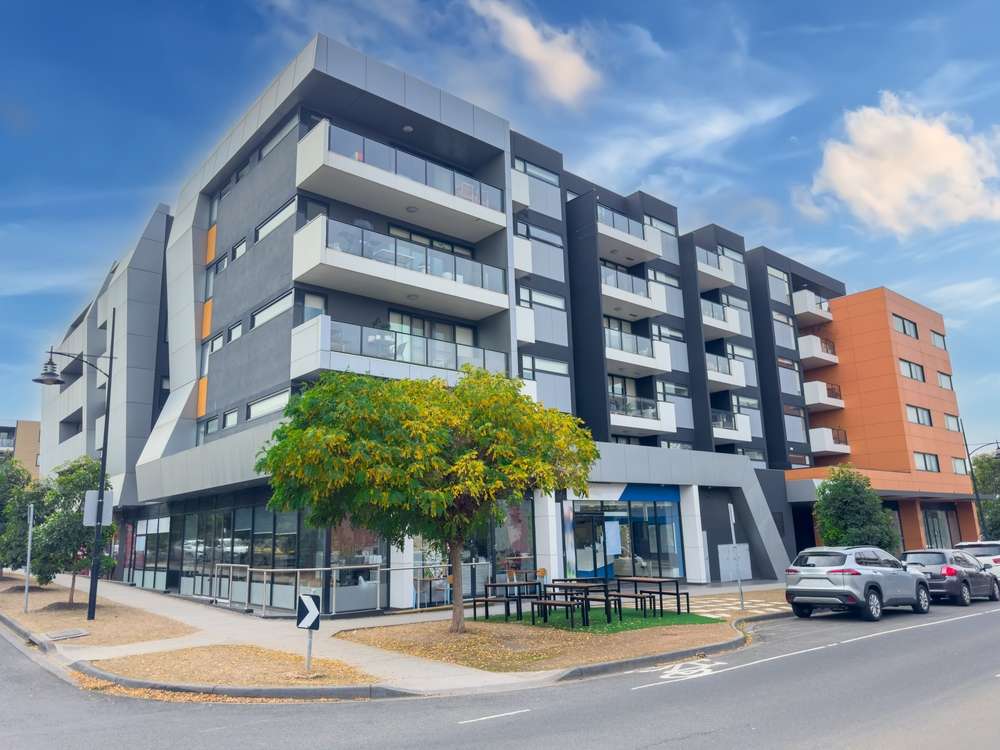For decades, student housing has been a favourite sector among UK property investors. But in 2025, rising costs, changing tenant expectations and regulatory reform have sparked a new debate: is traditional HMO student letting still viable—or has Purpose-Built Student Accommodation (PBSA) become the smarter option?
Let’s compare both models and assess whether student accommodation is still a worthwhile investment in 2025—and if so, which route offers the best return.
What’s driving student housing demand in 2025?
Despite economic pressure, UK student numbers are still rising. According to UCAS, over 700,000 undergraduate applications were submitted for 2024/25, and international student numbers continue to grow—particularly from China, India and Nigeria.
But here’s the catch: student housing supply is not keeping up. In many university cities, there’s now a shortage of high-quality, affordable beds—creating both challenges and opportunities for investors.
Option 1: HMO (House in Multiple Occupation)
Overview: Traditional student HMO properties are typically converted residential homes rented room-by-room to 3+ unrelated tenants.
Pros:
- Higher gross yields (often 8–12%)
- Popular with students seeking affordability
- More control over tenant relationships
Cons:
- Increasingly tight HMO licensing and planning restrictions
- High maintenance and compliance burden
- Subject to Article 4 Direction in many cities
Best cities for student HMOs in 2025: Nottingham, Leeds, Sheffield, Newcastle
Seven common reasons why buy-to-let investments fail – and how to avoid them
Option 2: PBSA (Purpose-Built Student Accommodation)
Overview: Self-contained student halls or blocks, often managed by specialist providers and backed by institutional funds
Pros:
- Fully managed, hands-off investment
- High demand from international and postgraduate students
- Attractive facilities and amenities (e.g. gyms, security, Wi-Fi)
Cons:
- Lower entry yields (typically 4.5–6%)
- Limited resale market
- Must choose location and developer carefully
Best cities for PBSA in 2025: Manchester, Bristol, Glasgow, Birmingham
New build vs conversion?
In 2025, many new PBSAs are being delivered via:
- Modular construction for faster delivery
- Refurbished hotels or commercial buildings
- Joint ventures with universities or local authorities
These projects often offer guaranteed rental periods of 3–5 years, making them attractive to passive investors.
Yield comparison: HMO vs PBSA
| Metric | HMO (3–6 tenants) | PBSA (unit/bedspace) |
| Gross yield | 8–12% | 4.5–6% |
| Net yield (after costs) | 6–8% | 4–5% |
| Entry cost | £150k–£300k | £70k–£200k |
| Hands-on commitment | High | Low |
| Liquidity/resale risk | Medium | High |
Risks and compliance to consider
- EPC regulations: All HMOs must meet EPC E (soon to be C)
- Local authority registration: Mandatory in most cities
- PBSA: Watch for oversupply in fringe locations or projects without uni partnerships
Housing crisis deepens as rental supply slumps by 31% in five years
Should you invest in student housing in 2025?
Yes—with caution.
- If you want control and higher yields, and are happy to self-manage or pay for active letting support, HMOs can still perform well—especially in major student cities.
- If you want a hands-off, predictable income stream, PBSA is growing fast—but only works with the right developer, in the right location, with the right contract.
Whichever route you choose, the student market is still a powerful way to generate strong returns in a constrained housing landscape. But in 2025, success will depend on strategy, due diligence and compliance.





